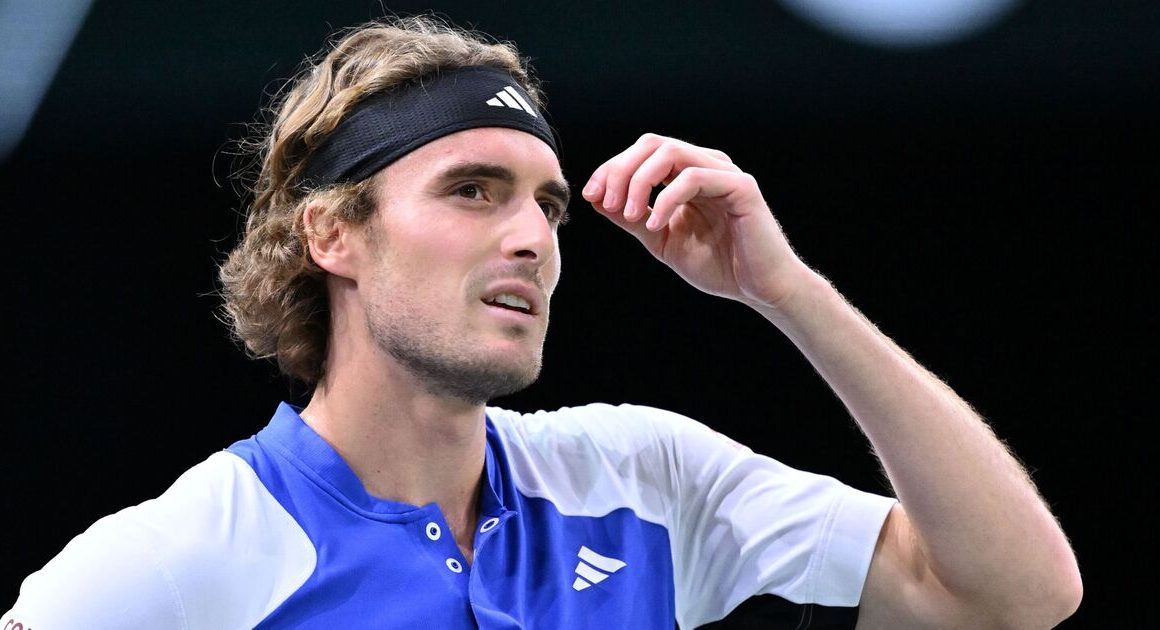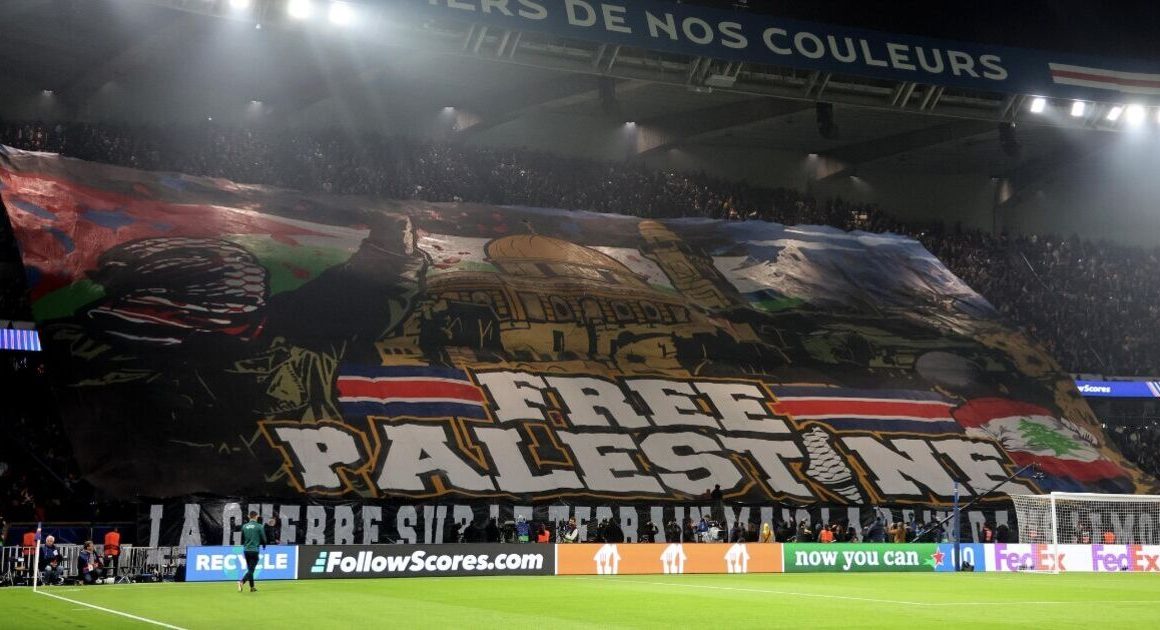At the Paris Olympics, breaking entered as arguably the most exciting new event in decades: an art form sprung from the hip-hop culture of the Bronx, set to take the biggest international sports stage in the world.
One Canadian gold medal, more than a few headspins and seemingly millions of memes later, the hype has done anything but fade. And although the sport won’t be at the 2028 Los Angeles Olympic Games, the campaign for a return in 2032 is ongoing.
So was breaking’s Olympic debut a success? That depends on whom you ask. Outside spectators may have seen the gold-medal win of Vancouver’s Phil (Wizard) Kim as a high point for the sport, while the performance of Australian dancer Rachael Gunn, or Raygun, may have been a low point, after it was widely ridiculed online.
But many breakers told CBC that this view misses the point. For them, bringing breaking to the Paris stage wasn’t just about finding the best in the world. It was also to internationalize and legitimize the dance — bringing it to different locales, and giving newer, less experienced people a reason to pay attention and cheer.
Canadian Phil Kim, aka ‘b-boy Phil Wizard’, takes home the gold in men’s breaking. The 27-year-old from Vancouver captured the first men’s Olympic gold in the sport.
‘The most historic moment’
Breaking, sometimes incorrectly called “breakdancing,” is an acrobatic and improvisational dance style popularized by Black and Latino communities in 1970s New York.
While its inclusion in the 2024 Olympics was a long time coming, it’s far from its first incursion into the mainstream. It was part of the 2018 Summer Youth Olympics, and was also added to the 2023 Pan American Games, which operated as a qualifier for Paris.
Antonio Castillo, a U.S. breaker, helped advocate for the sport to be included in the Olympics, and is now working to have it return.
Seeing its debut live in Paris was the culmination of an incredible amount of work, said Castillo, who also founded the All 10 Breaking dance school in Washington, D.C.
“It was the most historic moment that I’ve ever seen for breaking,” he said. “I saw Phil Wizard step on stage and he had blood on his shoulder.
Anita Perel-panar and Jheric Hizon say their friend and former student Phil (Wizard) Kim’s gold medal at the Paris Olympics is a huge deal for breaking.
“I mean, he’s bleeding. He’s going into the final, then he’s bleeding. This is how much effort he’s putting forth to get this gold medal to represent his country.”
Breaking seems to be able to attract a younger audience, a clear draw for the aging Games. But the benefit in being at the Olympics for the community itself — which already boasts many well-attended international competitions — isn’t quite as obvious.
Geoff Reyes, president of non-profit Breaking Canada, agreed.
In his view, the main draw of the Olympics is a larger, worldwide stage of newer audiences for dancers, for whom — outside of rarefied styles like ballet — the chances of becoming a household name are much lower.
And with Kim’s gold-medal win, many more Canadians can now name a well-known breaker. Because of that, regardless of whether it ends up returning, breaking’s Olympic appearance in 2024 can be seen as a success, Reyes said.
“We see this [as] bigger than what the Olympics can be. We see that we can have professional sports and professional leagues similar to FIFA [and] the NBA,” he said.
“The Olympics can definitely be an end goal, but … we’re selling ourselves short if we only try to achieve the Olympics.”
Controversy over Raygun performance
That’s true, he said, even in spite of one of the overarching media threads to come out of the games: B-girl Raygun. The Australian dancer’s performance last week elicited zero points from the judges and a slew of mocking responses to her style online.
Reyes, who says he is a friend of Raygun’s and supports her “100 per cent,” says the criticism is not only unfair — it misses the point.

“Every single sport has a representative that is not up to Olympic standard,” he said. “There was a Jamaican bobsled team, OK? So it happens.”
In order for breaking to reach a larger audience, he said, regions that don’t already have as much of an entrenched interest and culture around it — like, say, Australia — need to be given a reason to care about the sport.
That would hopefully plant the seed for more competitors and practitioners down the line.
But that can’t be done without giving newer entrants from those regions a chance to perform and cheer for one another, he says.
That optimism, though, isn’t universally shared. Yvon Soglo, a Canadian B-boy who performs under the name Crazy Smooth, said that while he agrees that the criticism against Raygun is misplaced, there has been fallout from breaking’s debut.
In the wake of the massive popularity of those Raygun jokes, he said, breakers almost have to justify themselves as professionals to the public — which many Australian B-girls are already finding themselves doing.
Breaking might not be in L.A. for the 2028 Olympic Games, but it’s not because of Raygun’s performance. CBC’s Ashley Fraser breaks it down.
“It’s almost not debatable,” he said of Raygun. “She’s the most famous girl in the world right now, and she’s not good.”
But will the spotlight at least bring increased opportunities?
“It will, because of the exposure,” he said.
“And yes, I might [get] one gig or two because of these things. But is it more respected?”
Part of a wider commercialization of hip-hop
Cheryl Thompson, an associate professor at Toronto Metropolitan University and researcher of Black performance art, said the debate shows a fundamental misunderstanding of breaking’s origin and intentions.
As an offshoot of hip-hop, she said, breaking was used primarily by Black Amerians as a form of expression that was rooted in community-building.
The questioning and mocking of breaking after this international debut, she says, shows it’s being forced into a space in which it doesn’t belong.
A young crew in Toronto shows some moves in a new style of dancing that comes from the streets. Aired Dec. 2, 1983 on CBC’s The Journal.
“I think that’s why the idea was that this could become a competitive sport,” she said. “Because other aspects of hip-hop have kind of become … competitive events, divorced from the music and the culture.”
It’s part of a wider commercialization and commodification of hip-hop that’s occurred since the ’80s, she said. And while breaking should continue to grow, along with opportunities for breakers, she said, it shouldn’t happen on this specific stage.
“I think we’ll always look to commercialize anything related to hip-hop. Sadly, it just doesn’t even matter what it is,” she said.
“I just don’t think that belongs in the Olympics. It doesn’t belong in that arena, because it’s not about competition. It’s about community-building.”














